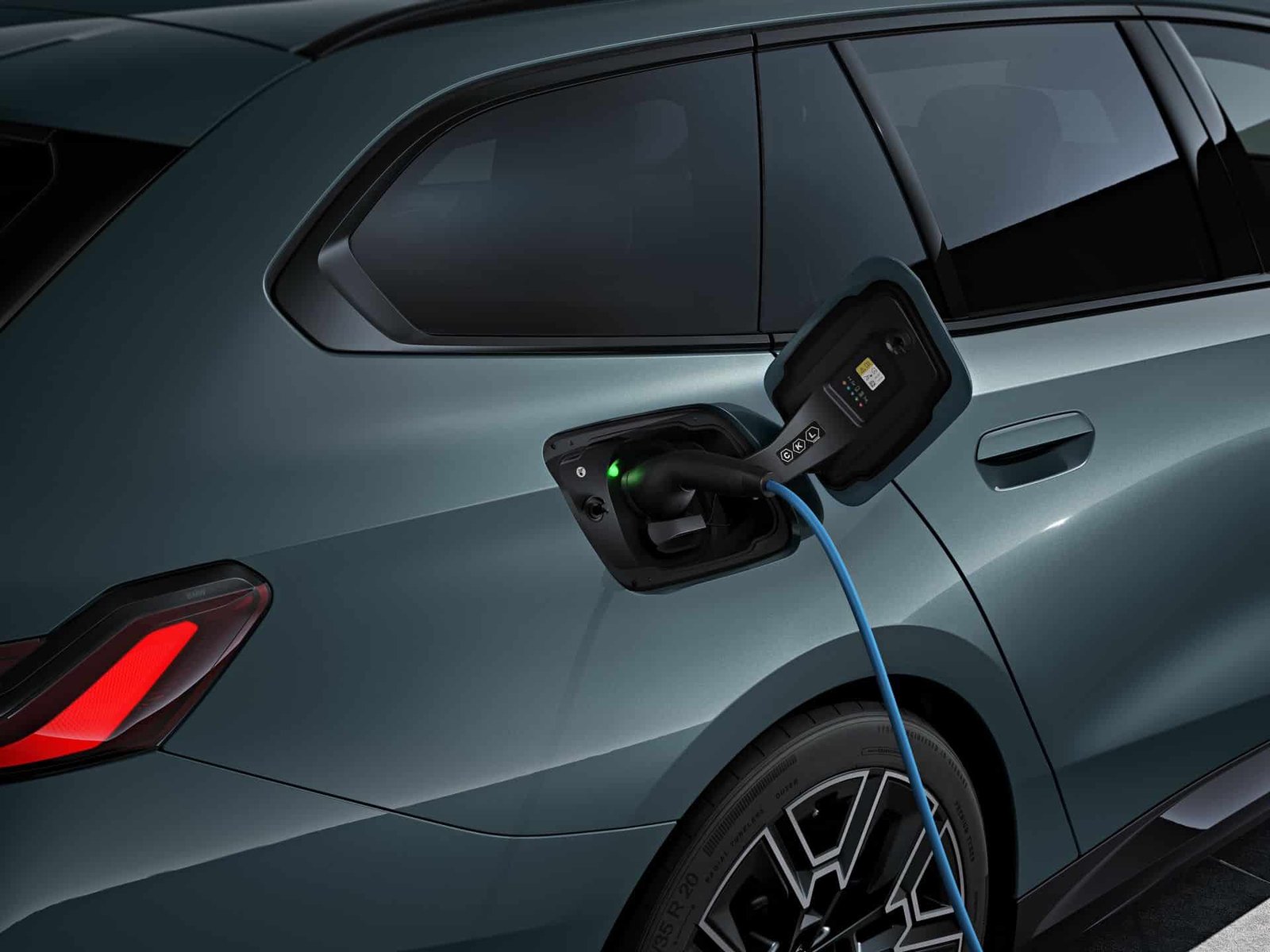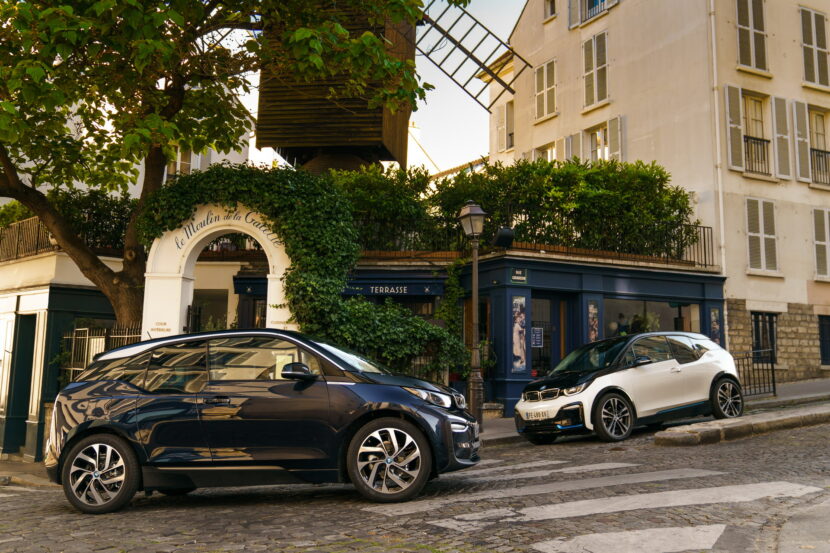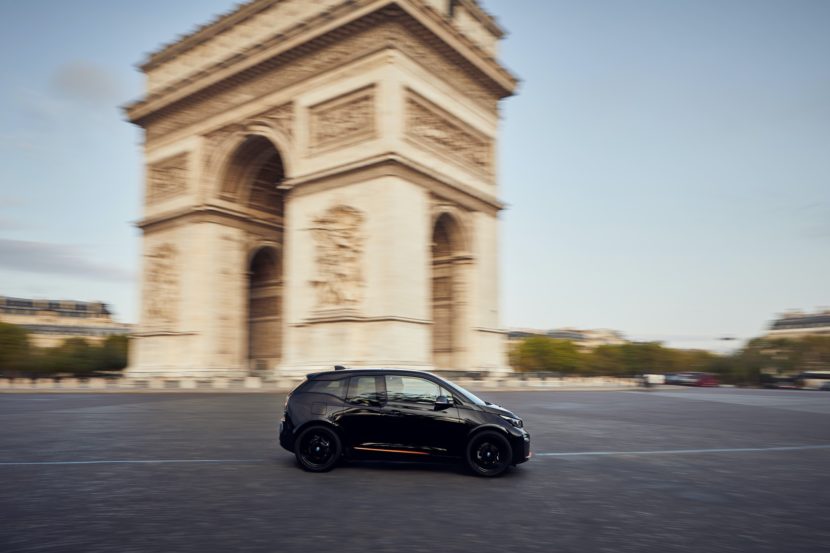As the automotive world moves deeper into electrification, new challenges have emerged. Chief among them is the practicality of long-distance travel, a hurdle that even the best EVs still struggle to overcome. But some automakers are looking backwards to go forwards, in a sense. Enter: the EREV, or extended-range electric vehicle. The concept aims to combine the smooth, silent drive of an EV with the long-distance confidence of a hybrid — without the compromises of either. EREVs could prove to be a critical bridge for the industry as charging networks mature and slower-to-adapt buyers grow more comfortable with electrification. While BMW has already contributed heavily to the EREV story, we’re not certain the brand’s chapter has concluded.
The Precedent for a BMW EREV
Such a system isn’t entirely new. BMW themselves experimented with the idea in the early 2010s with the BMW i3 REx (Range Extender). That car featured a compact two-cylinder gasoline engine derived from a motorcycle, which generated power to keep the small battery charged. The i3 REx was praised for its cleverness, but was ultimately constrained by its small battery and limited performance. Particularly in the United States, where range anxiety still pervades the EV segment to this day. Remember: with a range extender, the i3’s range nearly doubled. A modern interpretation of an REx, built on today’s advancements in battery efficiency, thermal management, and electric drivetrains, could see even more drastic improvements.
The Case For a BMW EREV
There are some far-off rumors that BMW’s looking into the possibility of an EREV X5. However conceptual, the EREV could make sense for some markets. Using Neue Klasse tech, the electric iX5 coming next year will already provide solid range figures. While hard numbers are still off-limits, we assume it won’t be too far off in either direction (up or down) from the iX3’s roughly 400 miles of range (EPA; WLTP, 497 miles/800 km). Very conservatively, an EREV X5 could easily travel 800 miles before requiring a charge and/or fill-up. Realistically, 1,000 miles of range isn’t even a stretch. It’s obvious to see the allure there.
Strategically, a BMW EREV serves as a pragmatic step between the company’s acclaimed electric models and its traditional lineup. It acknowledges that while EV adoption is accelerating, infrastructure and consumer confidence haven’t yet reached a level that supports full electrification for everyone. An EREV could appeal to drivers who want to embrace electrification without surrendering long-range flexibility, particularly in regions where charging networks are still developing. And, of course, ever range-wary Americans. From a driving dynamics perspective, an EREV aligns well with BMW’s brand ethos. Because the engine never drives the wheels, the electric motors handle all torque delivery. That in turn ensures immediate — and linear — response and feel. Engineers could also fine-tune how and when the range extender operates, ensuring it runs only at its most efficient points and remains nearly imperceptible to the driver.
Is a BMW EREV Really Possible?
We’ll see. The upcoming 2027 BMW G65 X5 lineup is already spread very thin, promising hydrogen, EV, gas, and hybrid options. Even if BMW doesn’t introduce a range-extended/EREV model with that chassis, it’s hardly proof positive that the brand isn’t looking into it. We already know automakers like Genesis are seriously evaluating the principle, going as far as to reveal the high-performance system at the company’s “investor day” in NYC just last month. Time will tell, but we think BMW’s experience with the i3 could make EREV tech a natural fit for future BMW vehicles.





